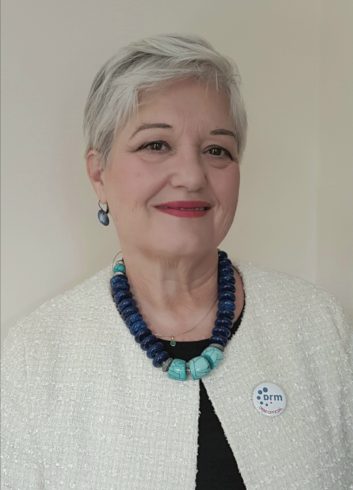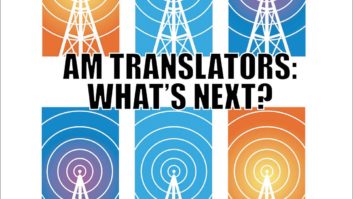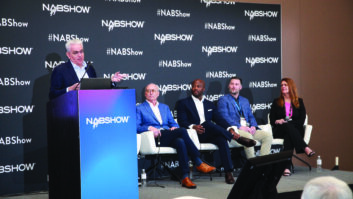
The author is chairman of Digital Radio Mondiale. Her commentaries appear regularly in Radio World.
After 11 months the FCC is to decide if, at the behest of the National Association of Broadcasters, it should allow AM radio stations to go all-digital with the in-band on-channel (IBOC) HD Radio. The hybrid (analog-digital HD) option never delivered, and interference was often seen as the main issue. To address this and other concerns a new all-digital HD Radio mode in medium-wave was developed and is not the subject of the impending FCC decision.
The U.S. is probably the largest AM market in the world, with about 4,570 licensed stations. More than half, 2,800, rebroadcast their content on FM translators licensed by FCC, but the content is the same in AM and FM. As to the AM stations with a hybrid analog-HD transmission, their number was probably to start with around 250 but many gave up the experiment.
[Read: NAB, DRM Spar Over AM Digital for U.S.]
Positive signals have come from the FCC ahead of the vote on Oct. 27. Al Shuldiner, now with the FCC but associated with IBOC in the past, noted “strong support” for the transition to voluntary all-digital AM. This might be so but the reality is that switching off the analog signal would make millions of analog radios redundant while only half of the cars on the road (about 60 million) have a digital receiver, even after 10 years of promotion.
Going all-digital in AM is not for the faint of heart, though there are countries which have done it successfully like India, China and Russia. And others, like Pakistan, are planning to do it.
It is notable that they all chose the all-band, open Digital Radio Mondiale standard. This has been tested under all conditions and on all continents. The same cannot be said about pure-digital HD Radio in medium-wave, only tested on one and a half American stations (one claimed success and another one gave up and reverted to analog). HD Radio, as a proprietary system, raises the issue of license fees and many large radio groups might be reluctant to take upon themselves such a financial burden in the middle of a pandemic crisis. (Xperi has offered AM stations a license for all-digital HD Radio in perpetuity without fees, though some see this more of a sweetener than a long-term and comprehensive commitment). And then there is the question of the receivers. It is the “chicken and egg” question we know so well. What comes first: the decision of the FCC, the regulator, and then the digital receiver, or the other way round?
Digital Radio Mondiale has faced this struggle and is noting success just now with 2.5 million car radio receivers on the Indian roads and receiver solutions for DRM and multistandard receivers powered by multistandard chipsets used both in the U.S., India and elsewhere. Recent developments have proven that DRM delivers excellent audio without interference, thanks to the adoption of the latest MPEG audio technology, xHE-AAC, superior to the old proprietary HDC codec used by HD Radio, lots of multimedia features and emergency warning (as demonstrated in India and currently on air in Indonesia).
DRM is an excellent platform for making internet content available right at the radio set and even in remote or underserved areas. DRM can be an important tool for distance learning, an increasing advantage in these times. So, having waited so long to recommend a way for digitizing and saving AM in the U.S., why not perform some comparisons and choose the best?
One answer comes from NAB Associate General Counsel Larry Walke, “Before pulling the trigger on such a fundamental change to one’s operation, AM broadcasters need every confidence that HD Radio technology will remain the exclusive technical solution for all-digital transmission.”
According to Walke, moves to test or otherwise consider DRM as an alternative technology would undercut such confidence, discourage greater adoption of HD Radio and jeopardize the viability of all-digital AM. Regulatory certainty is a strong argument but it seems to work only one way, as Xperi is not averse at tentatively prospecting other markets, no matter what.
Therefore, we urge the FCC and Congress to take a robust and unbiased look at what is available globally rather than twist and turn to support a system because it is there but remains largely unknown and tested by the average American listener. A voluntary switch to a restricted digital AM would be the worst solution; neither eliminating AM and writing it off for good, nor revitalising it properly. The situation in 2020 is that multistandard receiver chipsets are available from big (and American) companies. FCC would prove its wisdom by allowing broadcasters to choose between a closed-source service with potential financial obligations and an international open standard adopted around the world for full digital and simulcast AM (supporting analog AM where required).





